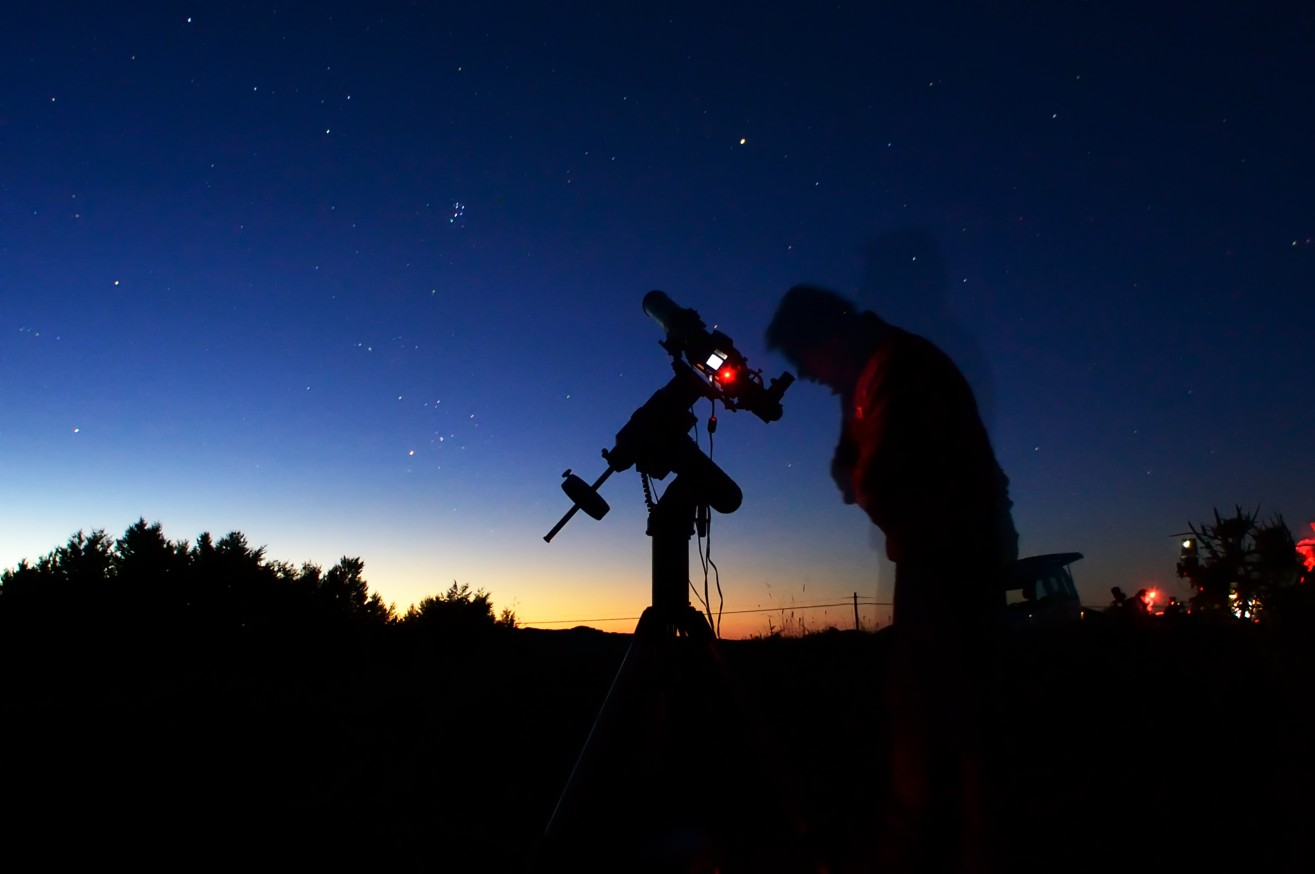
Heavy Rain, Flooding, and Chance of Severe Weather Staring Down the Southern U.S.
January 22, 2024
Posted: June 9, 2021 10:21 am





Another significant astronomical event is on tap for the early hours of Thursday when the Earth, sun, and the moon align once again to deliver a solar eclipse. The event will be visible for much of the eastern US, provided that the weather cooperates.
Role Reversal: This latest event is the opposite of what happened the last time the three bodies aligned. On May 26, the moon was the one to pass through the shadow of the Earth, creating a lunar eclipse. This time, it will be the moon casting the shadow on the Earth.
This particular event is known as an annular solar eclipse. Other observers call this the “ring of fire” due to the colored halo of sunlight that will be visible around the moon when the eclipse is at its peak. This ring will form because the moon will be a bit farther away from the Earth than usual, making it impossible to block the sun entirely.
The complete ring of fire will only be visible to those people in the far reaches of northern Ontario, the North Pole, northwestern Greenland, and eastern Russia. While this spectacle will only be visible in these remote areas, more populated areas will still be able to see a partial solar eclipse.
The northeastern US and eastern Canada will be able to view the event at sunrise on Thursday. This prime viewing area includes the cities of Boston, Toronto, Montreal, Quebec, and New York City.
This viewing will be dependent on the skies at the time. Clouds are predicted to cover those in the mid-Atlantic cities hoping to catch a glimpse of the celestial wonder. This includes major cities such as Washington, DC, Baltimore, and Philadelphia.
However, those located farther north may luck out with clear skies. Things are looking promising for Boston and the Canadian cities in the path of the eclipse.
While part of this event may be visible in areas as far west as Chicago, only a small section of the moon will be covering the sun as it rises.
Because the moon will not block out the sun entirely, viewers need to make sure that they are wearing proper eye protection before they turn their gaze to the skies. It is not safe to look directly at the sun, making it important that you wear specifically designed eclipse glasses or use another type of viewing device.
Not using the proper eye protection can cause permanent damage to the eyes. In addition to the eclipse glasses, many people choose to view this type of eclipse by making a pinhole projector using household items such as cereal boxes. You can also indirectly view the eclipse by looking at the shadows caused by the event.
What is Next: There is one more solar eclipse set to happen at the beginning of December. However, this event will only be visible across Antarctica. This Thursday’s eclipse will be the last solar eclipse visible from North America until October of 2023. The biggest event on the calendar is a total solar eclipse happening in April of 2024, visible from many areas in the US

January 21, 2024

January 19, 2024

January 18, 2024